Weaners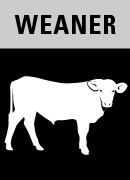 |
|
|---|---|
| SUPPLEMENTATION SHOULD BE TARGETED TO SUIT THE WEANERS’ STAGE OF DEVELOPMENT | |
|
Management of weaners varies across northern Australia. Strategic or early weaning is a well-recognised management tool to improve reproductive rates of breeding cows.
If weaners experience severe nutritional set-backs early in life, long term growth rates and performance have been shown to be adversely affected. Decisions around weaner supplementation should consider weaning weight. It is important to understand that the type of supplementation should be targeted to suit the weaners’ stage of development. For example, a calf weaned at 90kg has different nutritional requirements to a calf weaned at 150kg. Target growth rates, labour, infrastructure and feed costs are also important. Yard weaning is a good opportunity to train animals for feedlot fattening or drought feeding and can assist with familiarisation of supplements prior to being turned out. Yard weaning can also improve weight gains and reduce the incidence of sickness if weaners end up in a feedlot environment. |
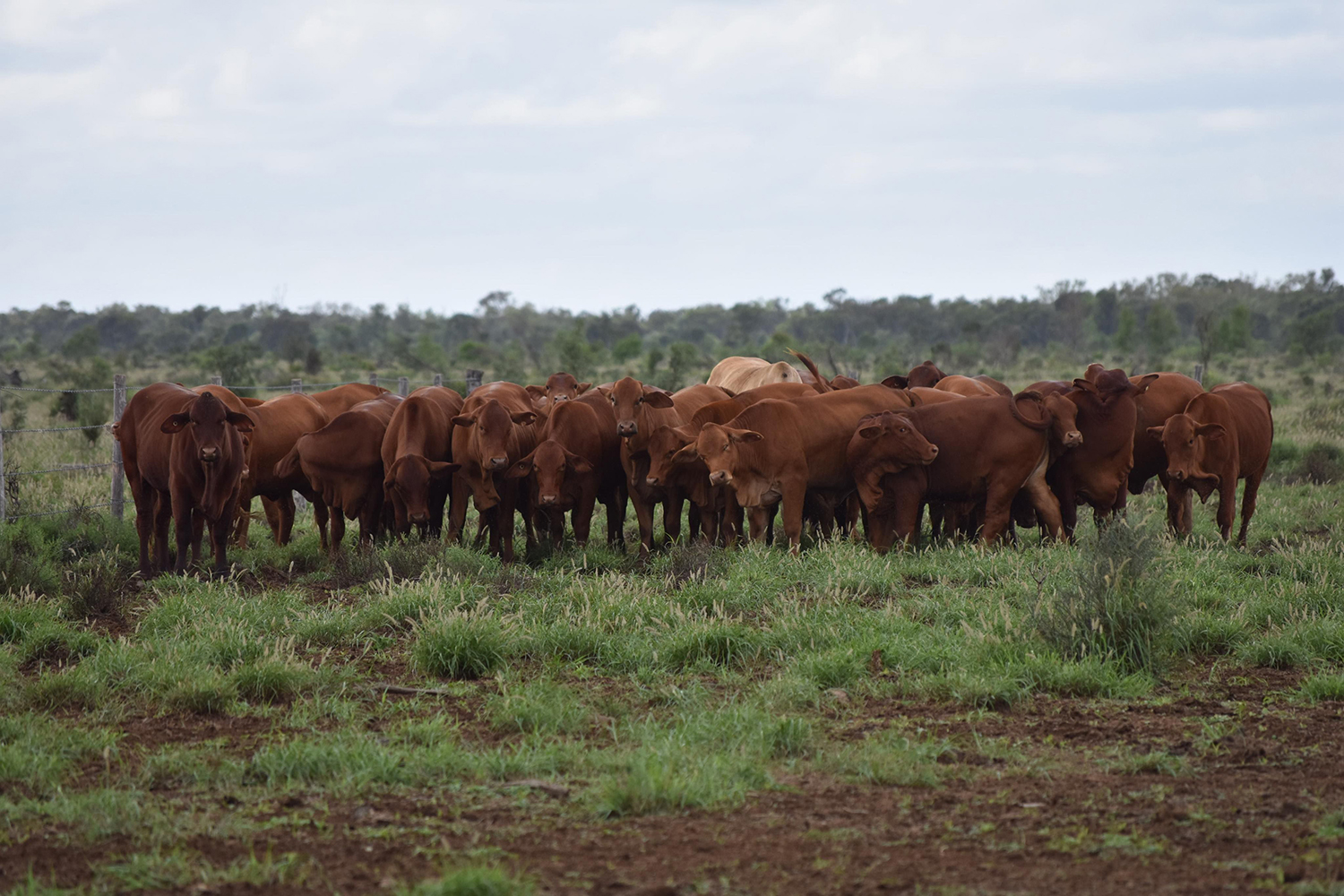
Rumensin® is strongly recommended in weaner supplements. It aids in the prevention of coccidiosis |
Heifers |
|
|---|---|
| WEIGHT AND CONDITION AT CALVING ARE THE MAIN FACTORS AFFECTING RE-CONCEPTION RATES IN FIRST-CALF HEIFERS | |
| The MLA booklet, “Heifer management in northern beef herds”, 2nd Edition, 2012 highlights that weight and condition at calving are the main factors affecting re-conception rates in first-calf heifers.
Economic modelling shows that in a herd of 12,600 breeders, if maiden heifers reach critical mating weight at the start of joining, their conception rates could be increased to 85% and re-conception rates during their first lactation could increase to 45%. Even with calf losses remaining the same, this would increase herd gross margin by $175,250 a year.’ (MLA, 2012). The Critical Mating Weight (CMW) for Bos indicus heifers is 320-340 kg which is higher than for Bos taurus heifers. Supplementing heifers with a high quality protein supplement during the post-weaning dry season has been shown to be cost effective. Feeding phosphorus during their first lactation is also recommended in P-deficient country with studies showing unequivocal return on investment from this strategy. |
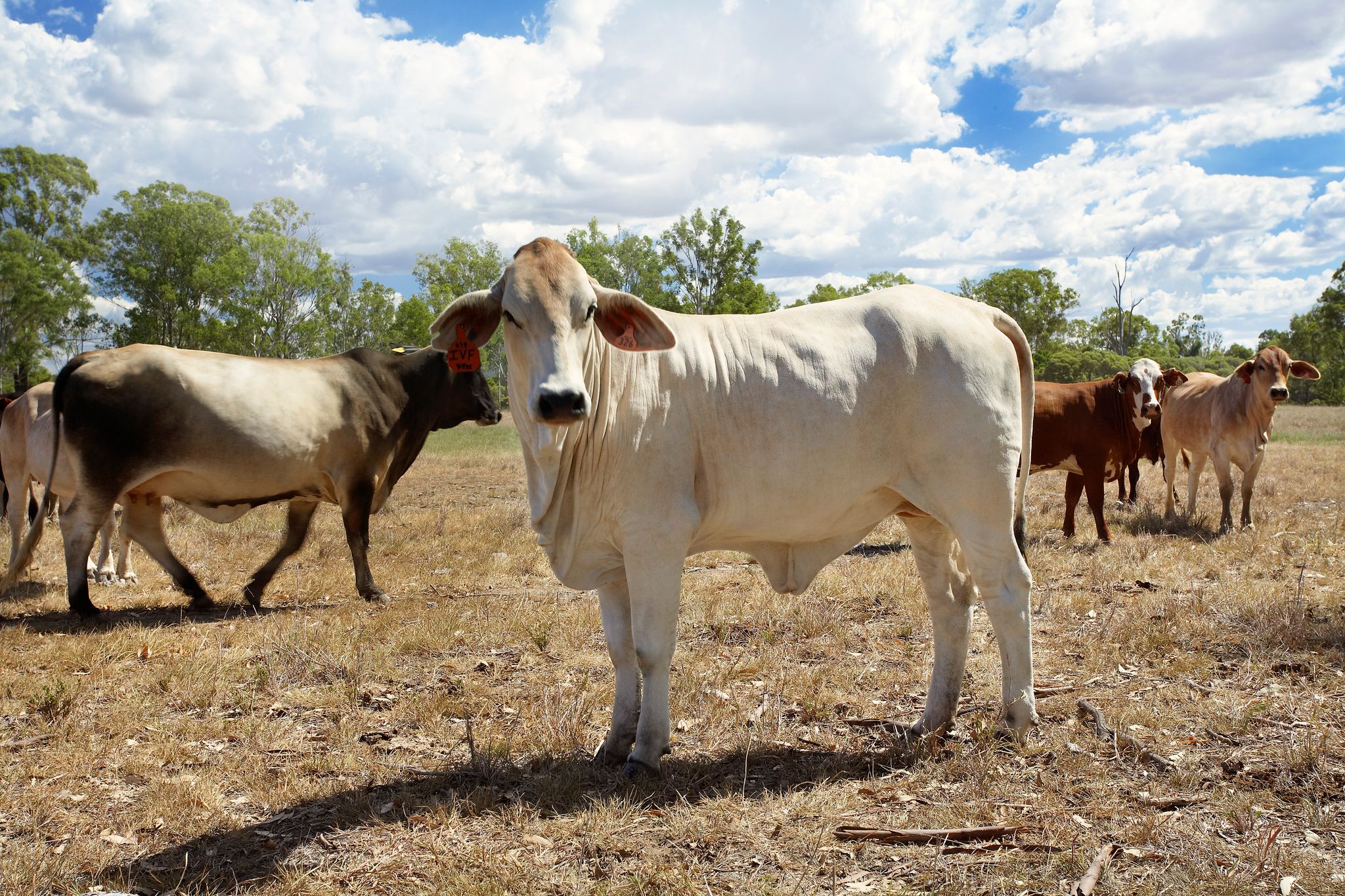
|
Steers |
|
|---|---|
| THE ECONOMICS AROUND SUPPLEMENTATION OF STEERS SHOULD BE CAREFULLY CONSIDERED | |
|
The economics around supplementation of steers should be carefully considered.
Compensatory gain over the wet season can erode some of the benefits of dry season supplementation in growing cattle. Supplementation of growing steers may be economical if specific growth targets need to be met to achieve price premiums. |
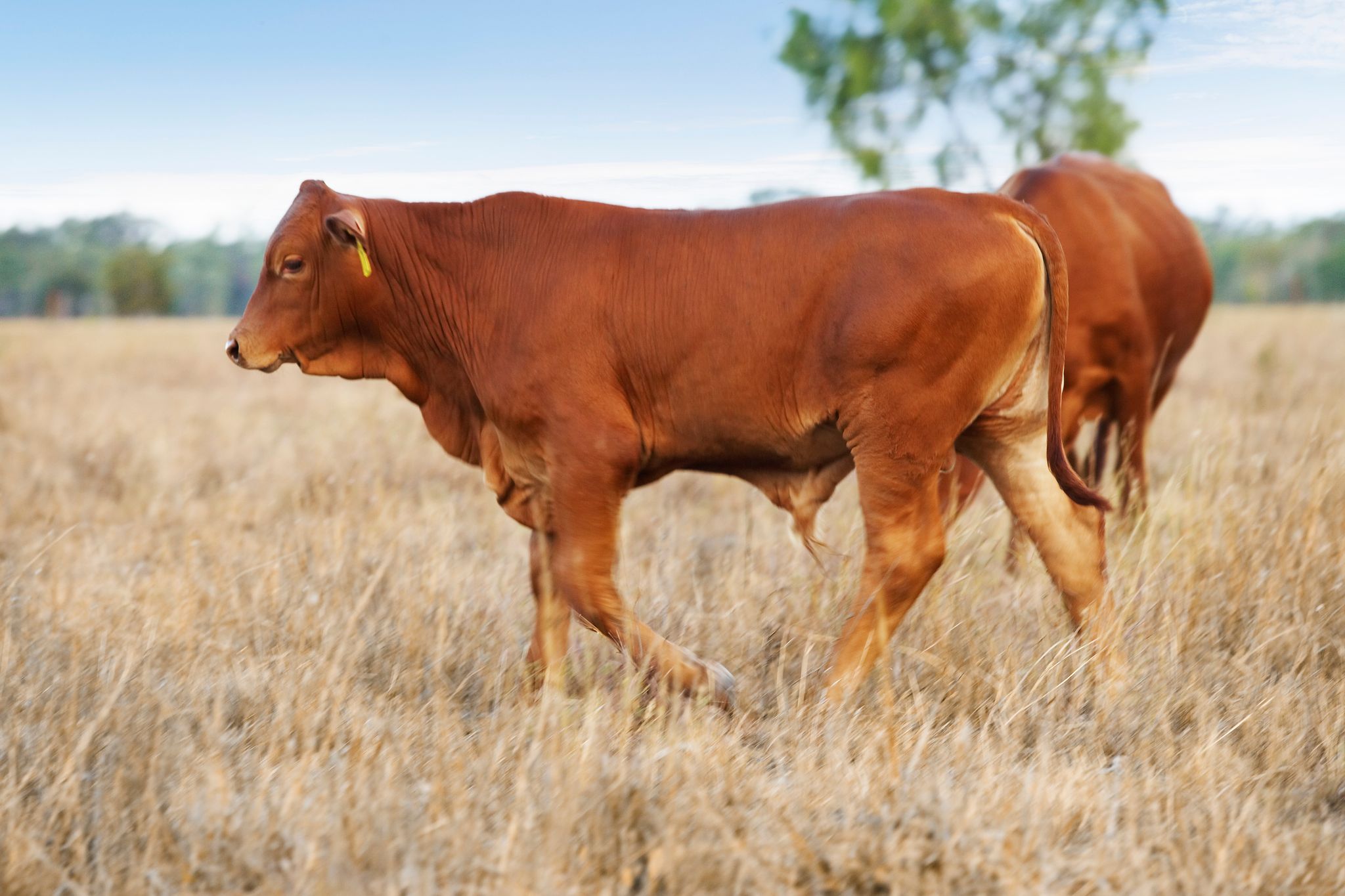
|
Bulls |
|
|---|---|
| LOW QUALITY DIETS AND SEVERE WEIGHT LOSS CAN HAVE A NEGATIVE IMPACT ON FERTILITY | |
|
Excessive nutrition does not improve reproductive potential in bulls however, low quality diets and severe weight loss has been shown to have a negative impact on fertility.
It is recommended that bulls are held on a moderate plane of nutrition so fertility and health are not compromised. Purchased or relocated bulls may require supplementation to reduce the stress of adapting to new environment. |
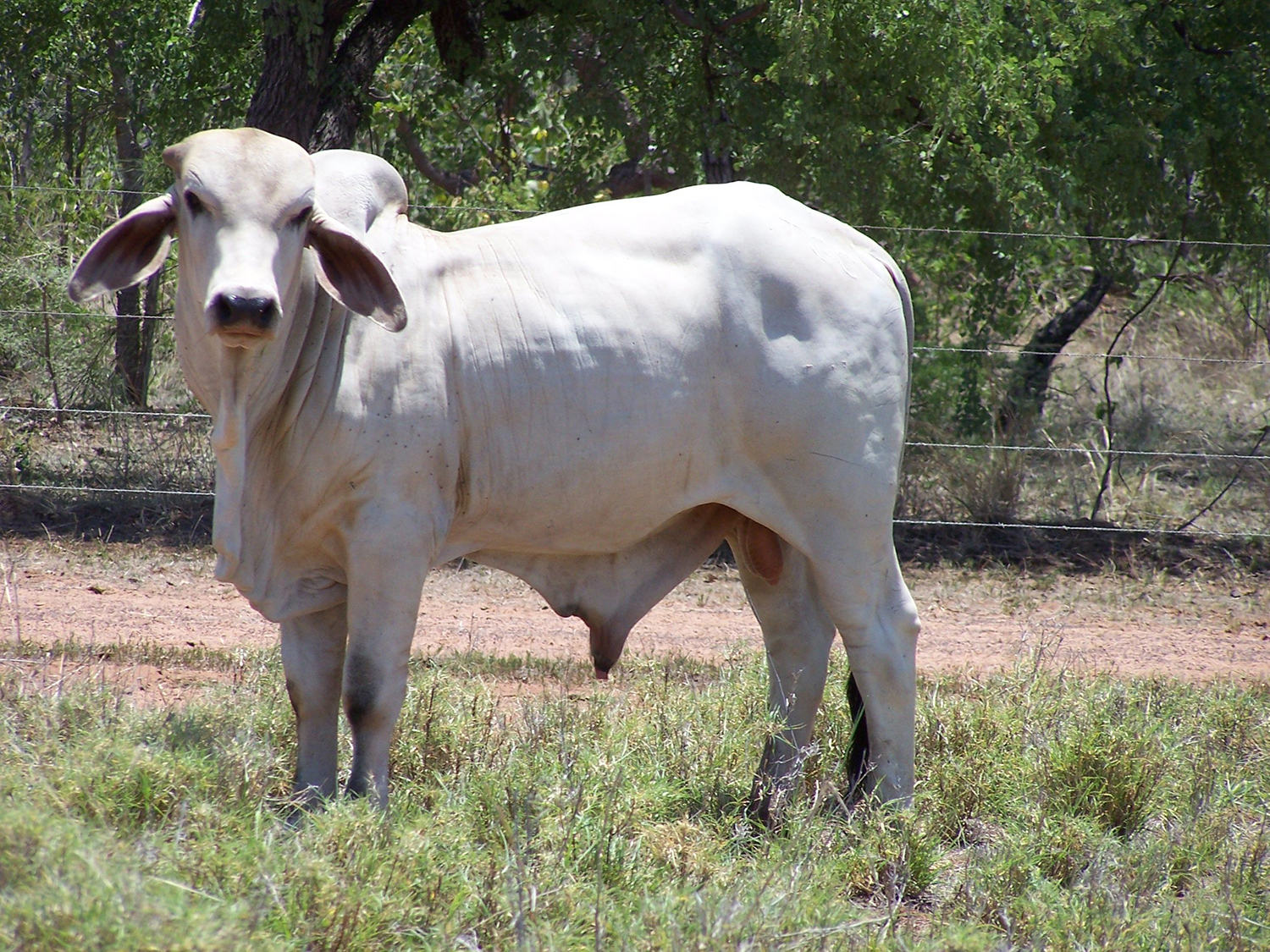
|
Breeders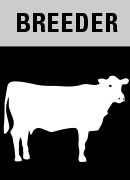 |
|
|---|---|
| THE KEY STRATEGY TO ENSURE COWS RE-CONCEIVE IS TO OPTIMISE BODY CONDITION | |
|
Low reproductive performance from breeding herds remains a major constraint to profitable beef production in northern Australia.
There are multiple reasons for low reproductive performance including calf deaths, bull infertility, low fertility in first-calf heifers and cattle missed at muster. However failure to re-conceive in breeders, often due to failure to cycle (anoestrus), is a significant contributor. Nutrition is a significant factor, although lactational anoestrus is a complicating factor in high Bos indicus content herds. The key strategy to ensure cows re-conceive is to optimise body condition. The loss of body condition caused by inadequate nutrition during peak demand periods results in slow return to oestrus, poor conception rates and ultimately low branding and weaning rates. Early weaning (and subsequent supplementary feeding of those calves) combined with targeted supplementation of breeders can have significant positive results on weaning rates and profitability. |
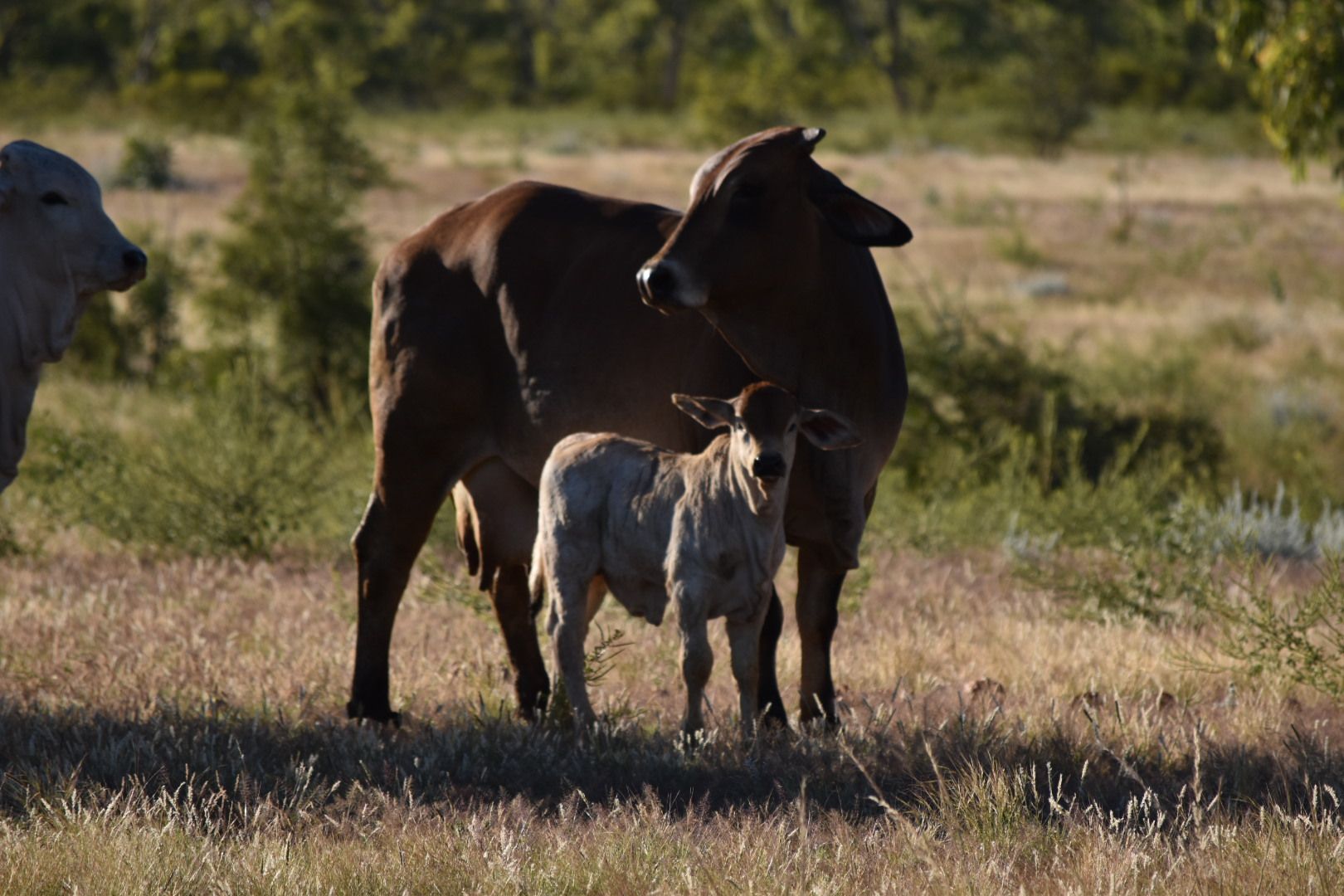
|
